Researchers at University of California, San Diego School of Medicine have developed a computer vision algorithm that assesses pain depending on the facial expression of the patient during surgical procedures.
“On a scale from 1 to 10, how badly does it hurt?” is a question clinicians ask both children and adult patients when they are required to assess the pain level. However, we all perceive pain differently, and certain problems can mask the real answer. Determining the actual pain level should encourage the medical personnel to look for solutions to alleviate the ache. Until we get our own Baymax healthcare companion, a pain assessing computer vision algorithm might be our best chance.
To determine whether the software can correctly identify pain levels, the team of researchers tested it on kids five to 18 years old. Depending on their facial expression after a laparoscopic appendectomy, the software generated a result that was then compared to what the kids’ parents and nurses concluded. Needless to say, the computer vision algorithm is at least as accurate as nurses, so it shouldn’t take long until it is implemented on a larger scale.
Here is a fragment of the abstract published in journal Pediatrics:
“METHODS: A CVML-based model for assessment of pediatric postoperative pain was developed from videos of 50 neurotypical youth 5 to 18 years old in both endogenous/ongoing and exogenous/transient pain conditions after laparoscopic appendectomy. Model accuracy was assessed for self-reported pain ratings in children and time since surgery, and compared with by-proxy parent and nurse estimates of observed pain in youth.
RESULTS: Model detection of pain versus no-pain demonstrated good-to-excellent accuracy (Area under the receiver operating characteristic curve 0.84–0.94) in both ongoing and transient pain conditions. Model detection of pain severity demonstrated moderate-to-strong correlations (r = 0.65–0.86 within; r = 0.47–0.61 across subjects) for both pain conditions. The model performed equivalently to nurses but not as well as parents in detecting pain versus no-pain conditions, but performed equivalently to parents in estimating pain severity. Nurses were more likely than the model to underestimate youth self-reported pain ratings. Demographic factors did not affect model performance.”
It won’t be long until such software makes its way into our homes, as hospitals are not the only environment where this could prove useful. The only possible problem is if the subject fakes the facial expression to trick the software.
Be social! Follow Walyou on Facebook and Twitter, and read more related stories about the MusicGlove hand rehabilitation device, or the Philips BlueControl LED light therapy that keeps psoriasis in check.

 Today on In Case You Missed It: A soft robotic device made by Harvard and Boston Children's Hospital researchers has been tested on pigs and so far, seems quite promising in treating heart disease. The robotic heart wraps around parts of existi...
Today on In Case You Missed It: A soft robotic device made by Harvard and Boston Children's Hospital researchers has been tested on pigs and so far, seems quite promising in treating heart disease. The robotic heart wraps around parts of existi...
 Today on In Case You Missed It: A soft robotic device made by Harvard and Boston Children's Hospital researchers has been tested on pigs and so far, seems quite promising in treating heart disease. The robotic heart wraps around parts of existi...
Today on In Case You Missed It: A soft robotic device made by Harvard and Boston Children's Hospital researchers has been tested on pigs and so far, seems quite promising in treating heart disease. The robotic heart wraps around parts of existi...
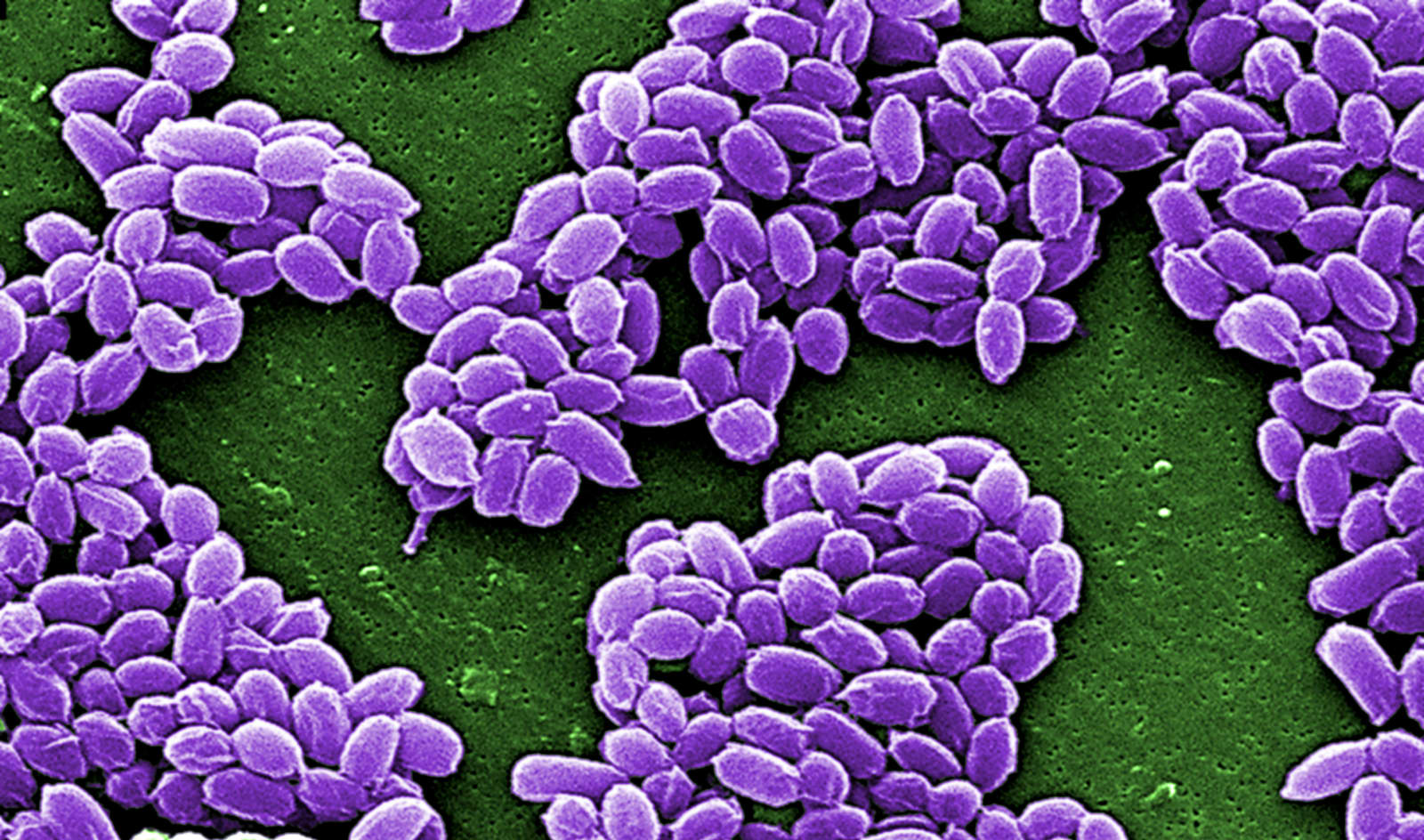 Bacteria may be unicellular but that doesn't mean they're complete loners. They often congregate in (relatively) large colonies, not unlike human cities. In fact, a team of researchers from the University of California, San Diego have recently discov...
Bacteria may be unicellular but that doesn't mean they're complete loners. They often congregate in (relatively) large colonies, not unlike human cities. In fact, a team of researchers from the University of California, San Diego have recently discov...
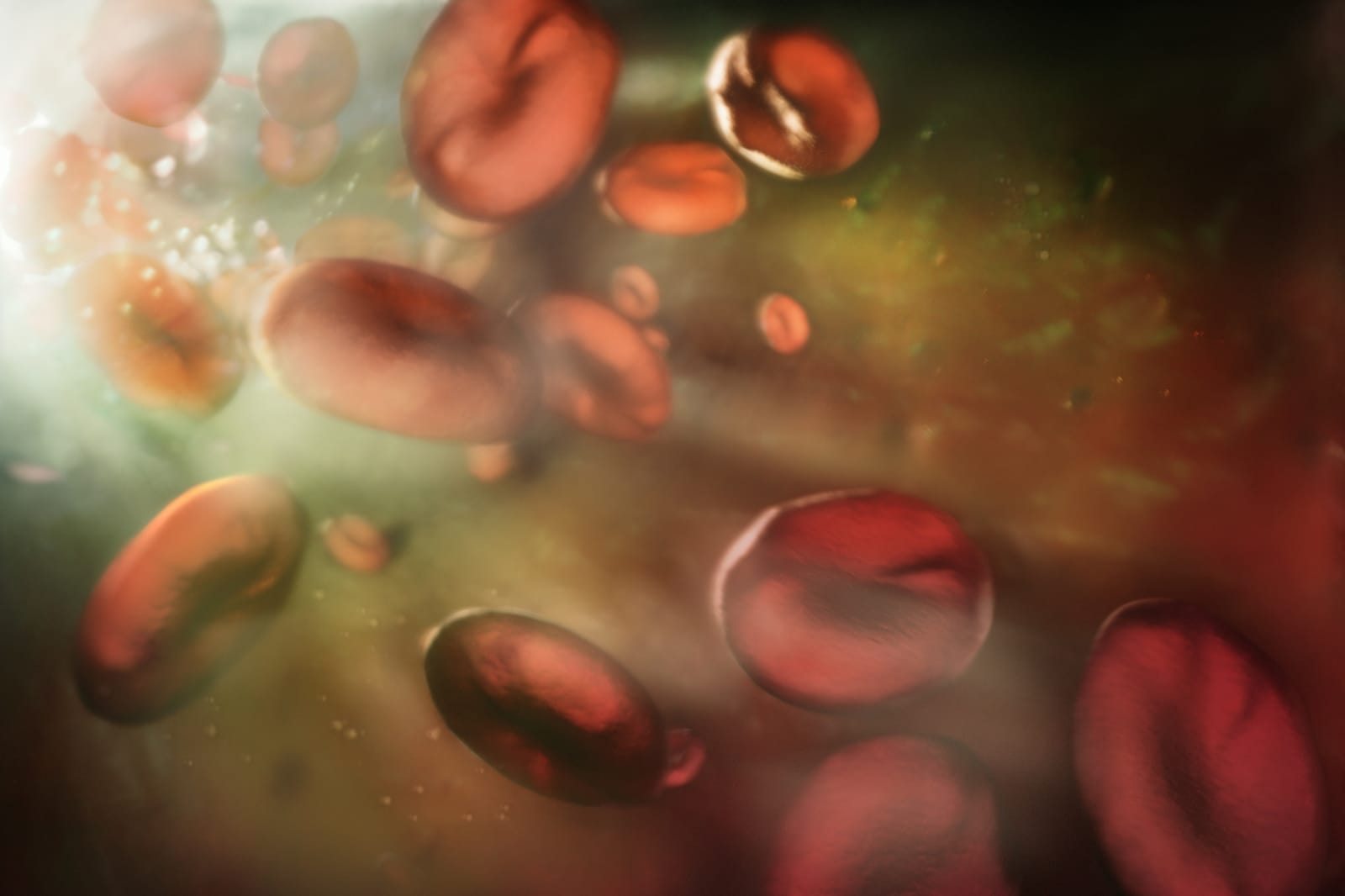 Doctors have long dreamed of delivering drugs to specific parts of your body, and they may soon have a clever way to do it: fish. UC San Diego researchers have developed nanoscale metallic fish (they're just 800 nanometers long) that could carry medi...
Doctors have long dreamed of delivering drugs to specific parts of your body, and they may soon have a clever way to do it: fish. UC San Diego researchers have developed nanoscale metallic fish (they're just 800 nanometers long) that could carry medi...
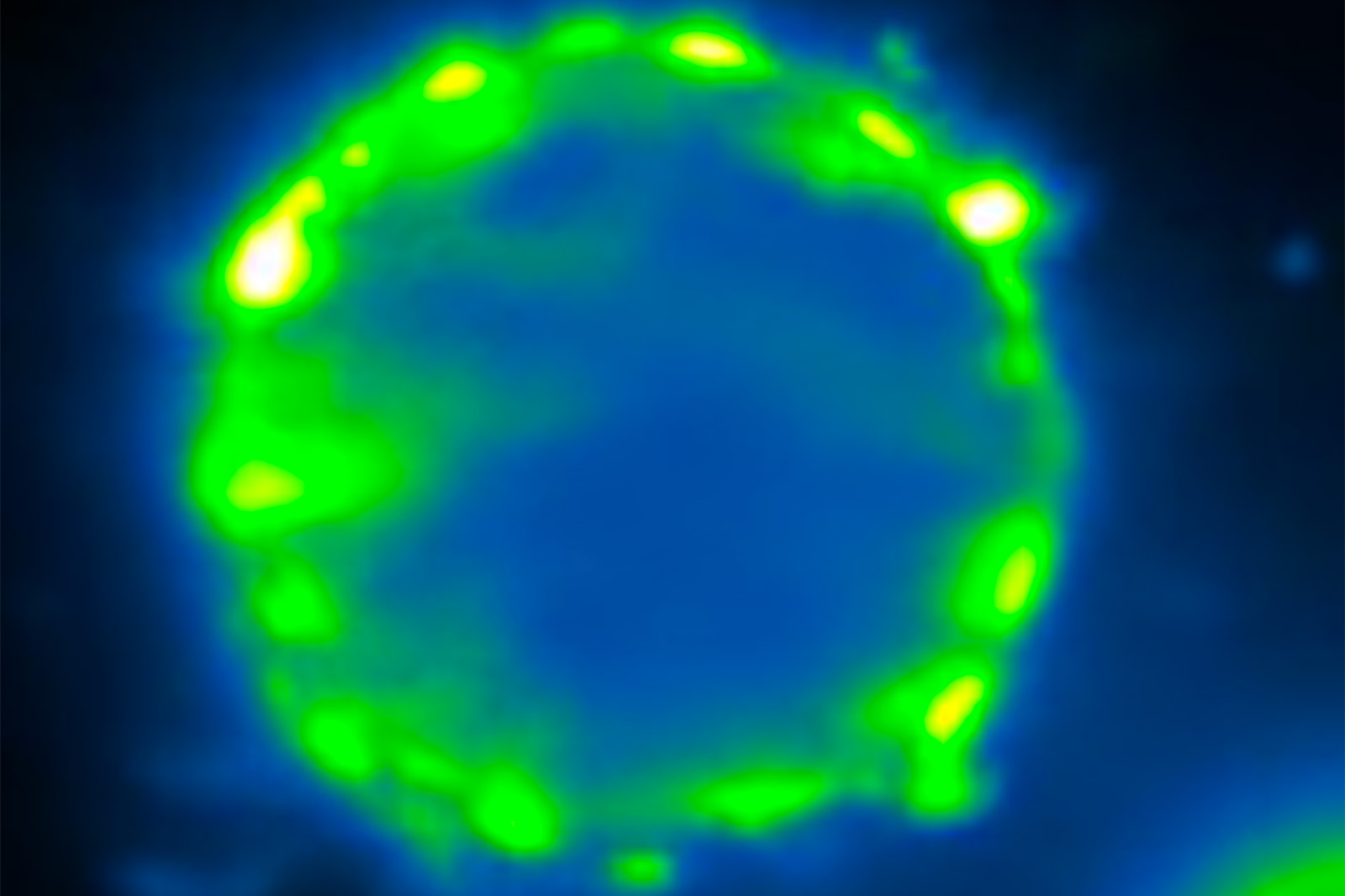 Medical science often targets drugs at the proteins in cell membranes. But how do you study everything about their behavior when you can't control them? That's what UC San Diego researchers aim to fix. They've developed artificial cell membranes t...
Medical science often targets drugs at the proteins in cell membranes. But how do you study everything about their behavior when you can't control them? That's what UC San Diego researchers aim to fix. They've developed artificial cell membranes t...
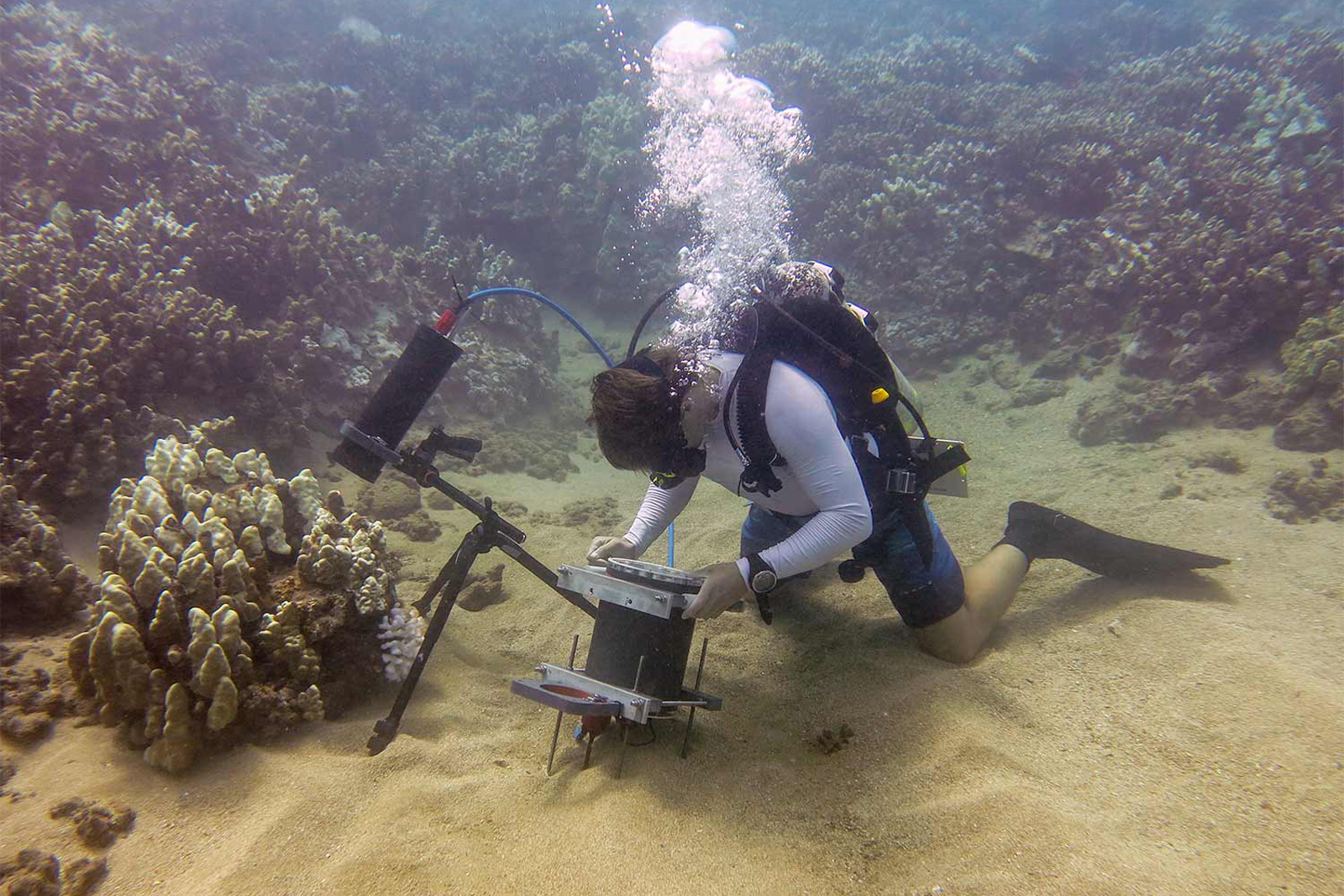 Scientists have a hard time studying microscope sea life, and for good reason. Underwater scientific equipment can't study things at that scale, and bringing samples up to the surface frequently deprives them of that all-important natural context. En...
Scientists have a hard time studying microscope sea life, and for good reason. Underwater scientific equipment can't study things at that scale, and bringing samples up to the surface frequently deprives them of that all-important natural context. En...
 Today on In Case You Missed It: iRobot sold its line of military robots to a US-based firm to focus on Roomba and a new chameleon robot changes color to blend in; a student built a 3D scanner with cameras and Raspberry Pi that is much cheaper than...
Today on In Case You Missed It: iRobot sold its line of military robots to a US-based firm to focus on Roomba and a new chameleon robot changes color to blend in; a student built a 3D scanner with cameras and Raspberry Pi that is much cheaper than...
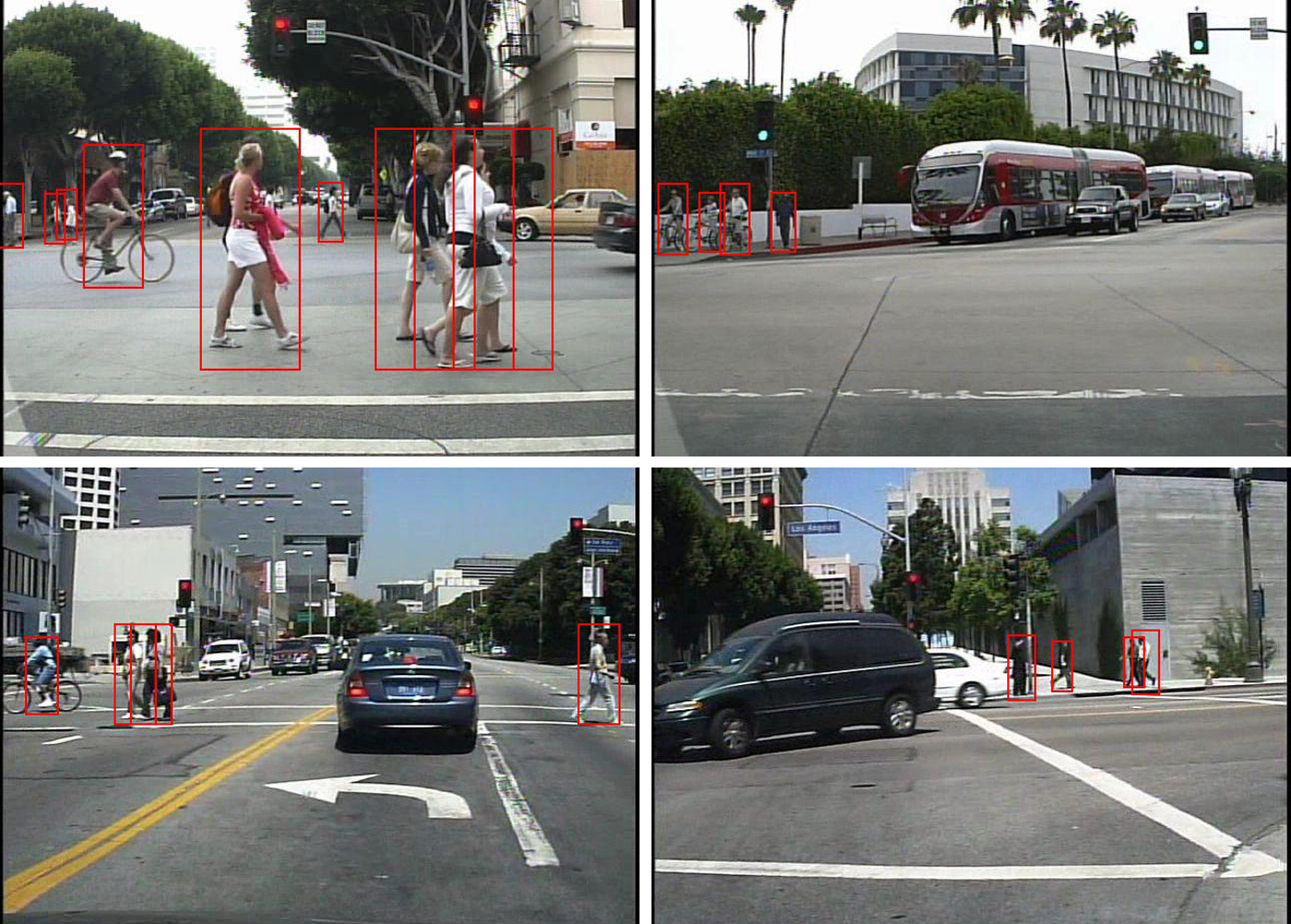 It's one thing for computers to spot people in relatively tame academic situations, but it's another when they're on the road -- you need your car to spot that jaywalker in time to avoid a collision. Thankfully, UC San Diego researchers have made tha...
It's one thing for computers to spot people in relatively tame academic situations, but it's another when they're on the road -- you need your car to spot that jaywalker in time to avoid a collision. Thankfully, UC San Diego researchers have made tha...
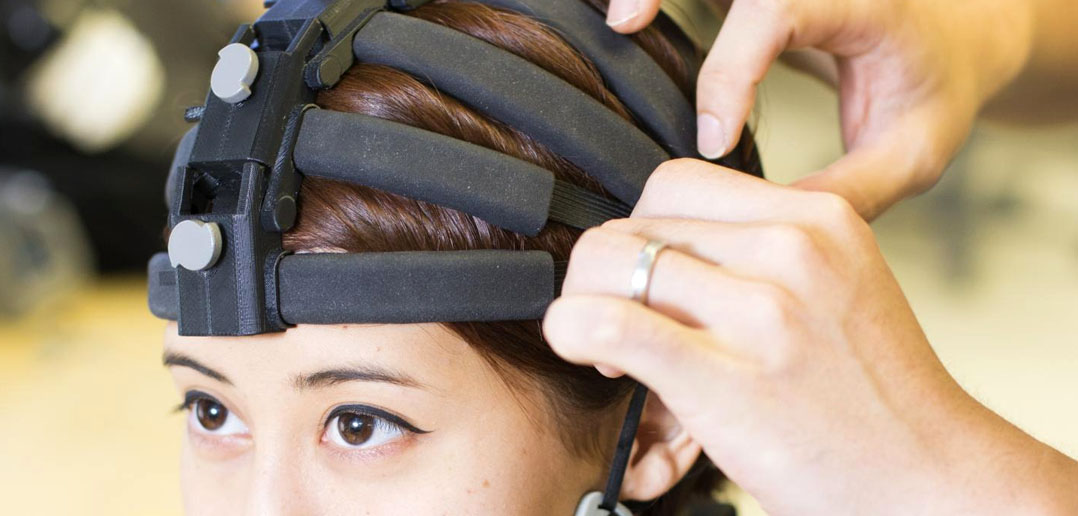 A team of researchers from the Jacobs School of Engineering and Institute for Neural Computation at UC San Diego have developed a 64-channel "dry" electroencephalogram (EEG), reportedly the world's first. Traditional EEGs require their electrodes be...
A team of researchers from the Jacobs School of Engineering and Institute for Neural Computation at UC San Diego have developed a 64-channel "dry" electroencephalogram (EEG), reportedly the world's first. Traditional EEGs require their electrodes be...
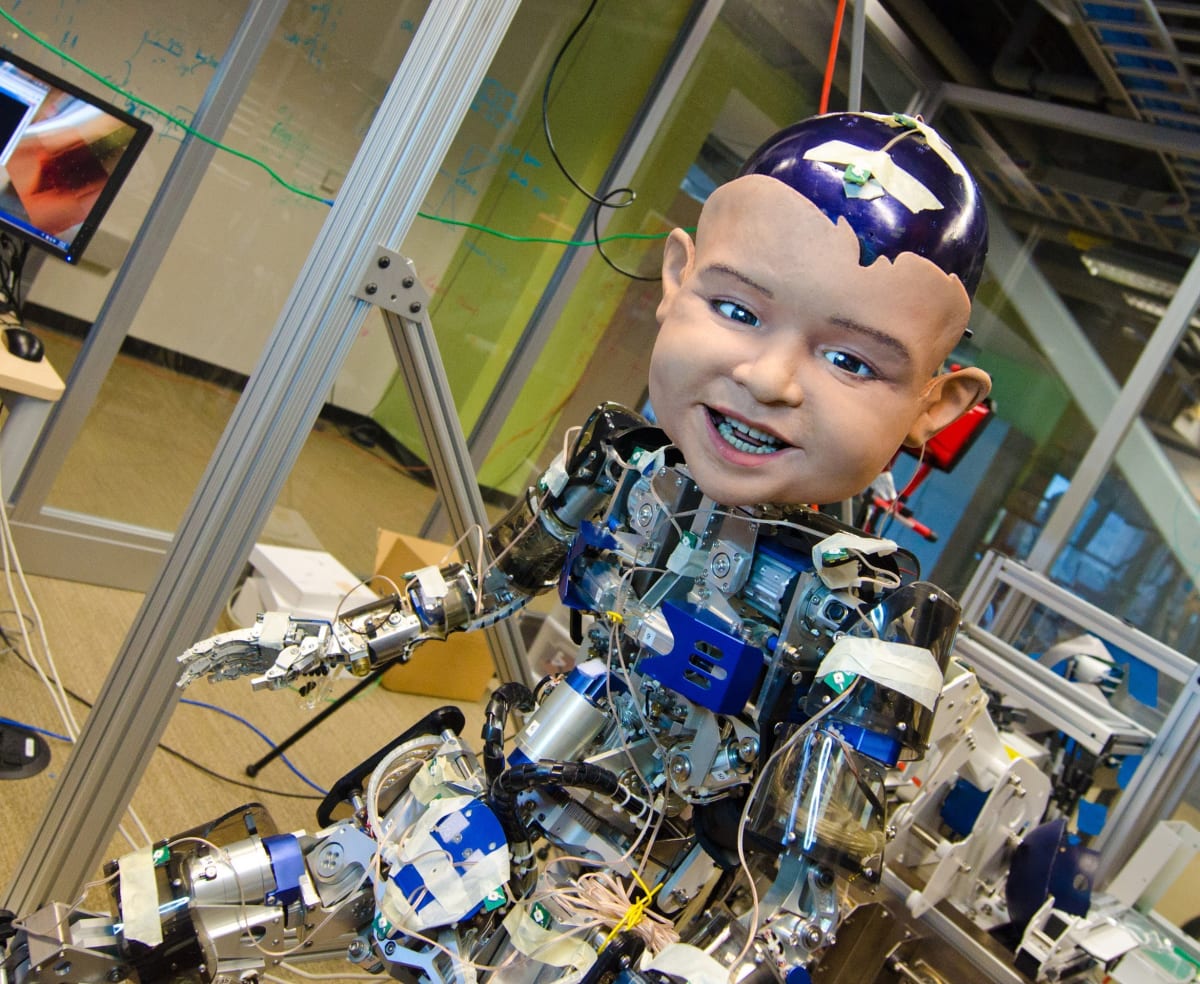 Researchers at the University of California, San Diego have developed a robotic infant to test a hypothesis that babies can (and regularly do) manipulate their mothers into smiling on command. Turns out that your 4-month-old progeny is a lot crafti...
Researchers at the University of California, San Diego have developed a robotic infant to test a hypothesis that babies can (and regularly do) manipulate their mothers into smiling on command. Turns out that your 4-month-old progeny is a lot crafti...
